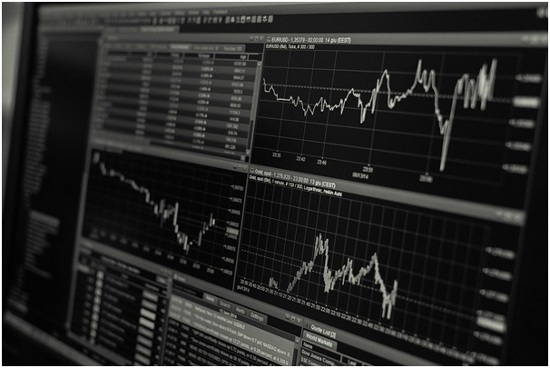Trading can be a great way to make money and build wealth over time. It offers opportunities to make profits in both up and down markets and can be a viable alternative to investing in stocks or other traditional assets. There are many different types of trading instruments available, so it’s important to choose the one that is best suited to your individual needs and trading style. By learning about each type of instrument and how it works, you can maximize your profits and minimize your losses.


1) Trading indices
An index is a compilation of stocks or other securities that are selected to represent a particular market or sector. Indices are used as benchmarks to measure the performance of a particular market or sector, and many traders use them to trade based on their expectations for the direction of the market. There are many different types of indices, and each one has its own characteristics. Keep in mind that stock market indices are different from commodity indices. Plus, some indices are global while others are specific to a particular country or region.
2) Trading stocks
Stocks are one of the most commonly traded assets and represent ownership in a company. When you buy a stock, you are buying a piece of that company and becoming a shareholder. Stocks can be bought and sold on exchanges, and there are many different types of stocks, such as blue chips, penny stocks, and growth stocks. It’s important to understand the different types of stocks before you start trading them.
For example, blue chip stocks are the stocks of large, well-established companies that have a history of profitability and growth. These stocks are usually less volatile than other types of stocks and offer dividends, which are payments made to shareholders from a company’s profits.
Penny stocks, on the other hand, are small-cap stocks that trade for less than $5 per share. They are often more volatile than blue chip stocks and don’t offer dividends.
3) Trading commodities
Commodities are physical goods that are used in manufacturing or traded on exchanges. They include agricultural products, such as wheat and corn, as well as precious metals, such as gold and silver. Many commodities are traded based on their futures, which are contracts that obligate the buyer to purchase the commodity at a set price at a future date.
Futures contracts are standardized and traded on exchanges. They are often used by traders who are trying to speculate on the direction of the market. For example, a trader might buy a futures contract for corn if they believe that the price of corn will go up in the future.
4) Trading currencies
Currency trading, also known as forex trading, involves buying and selling different world currencies. Currencies are traded in pairs, and the value of one currency is relative to the value of another currency. For example, the value of the US dollar is relative to the value of the Japanese yen.
When you trade currencies, you are speculating on the direction of the currency pair. For example, if you think that the US dollar will appreciate against the Japanese yen, you would buy USD/JPY.


There are many different types of trading instruments available, so it’s important to choose the one that is best suited to your individual needs and trading style. By learning about each type of instrument and how it works, you can maximize your profits and minimize your losses. It’s also important to understand the different types of stocks before you start trading them.















